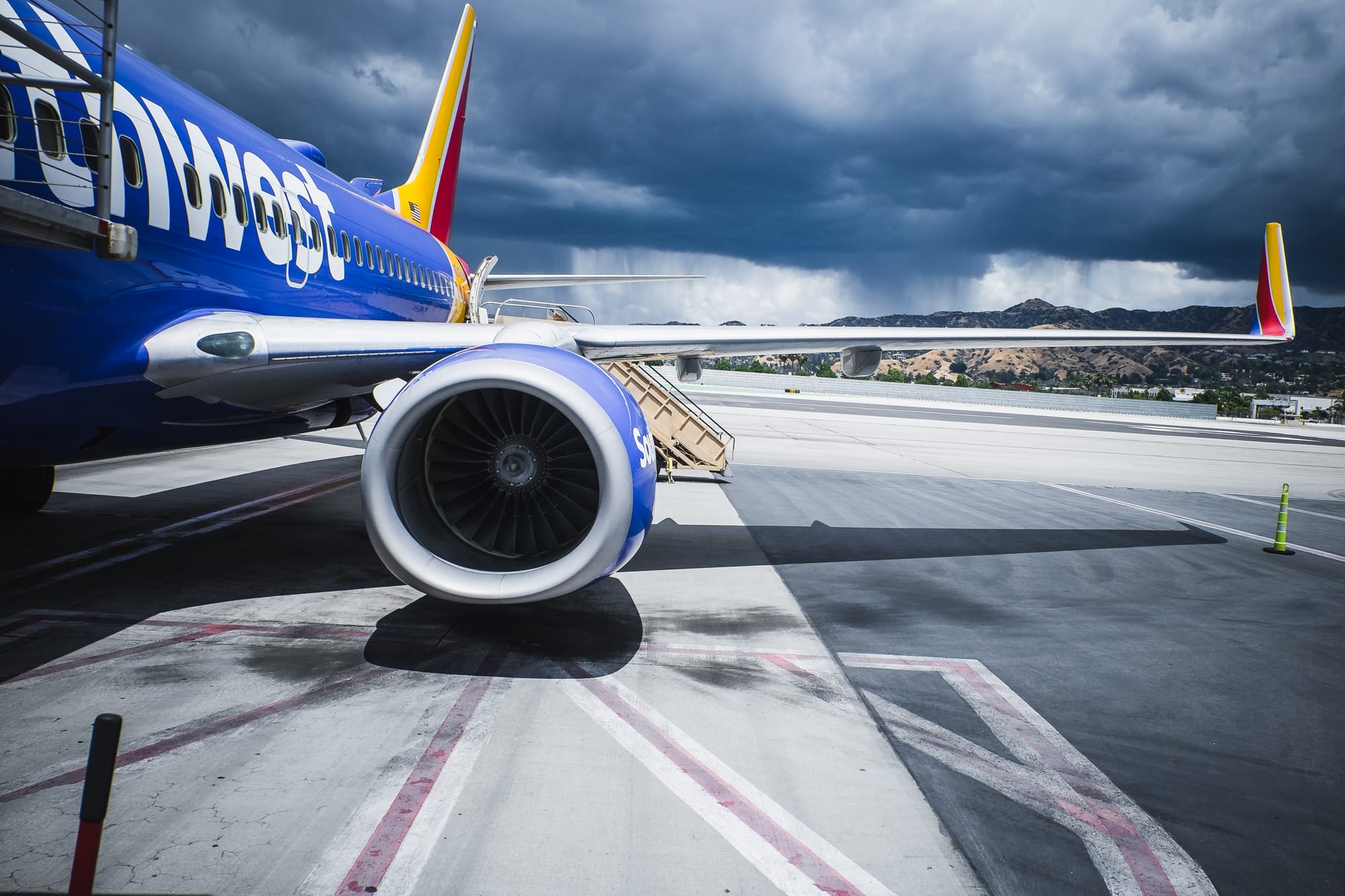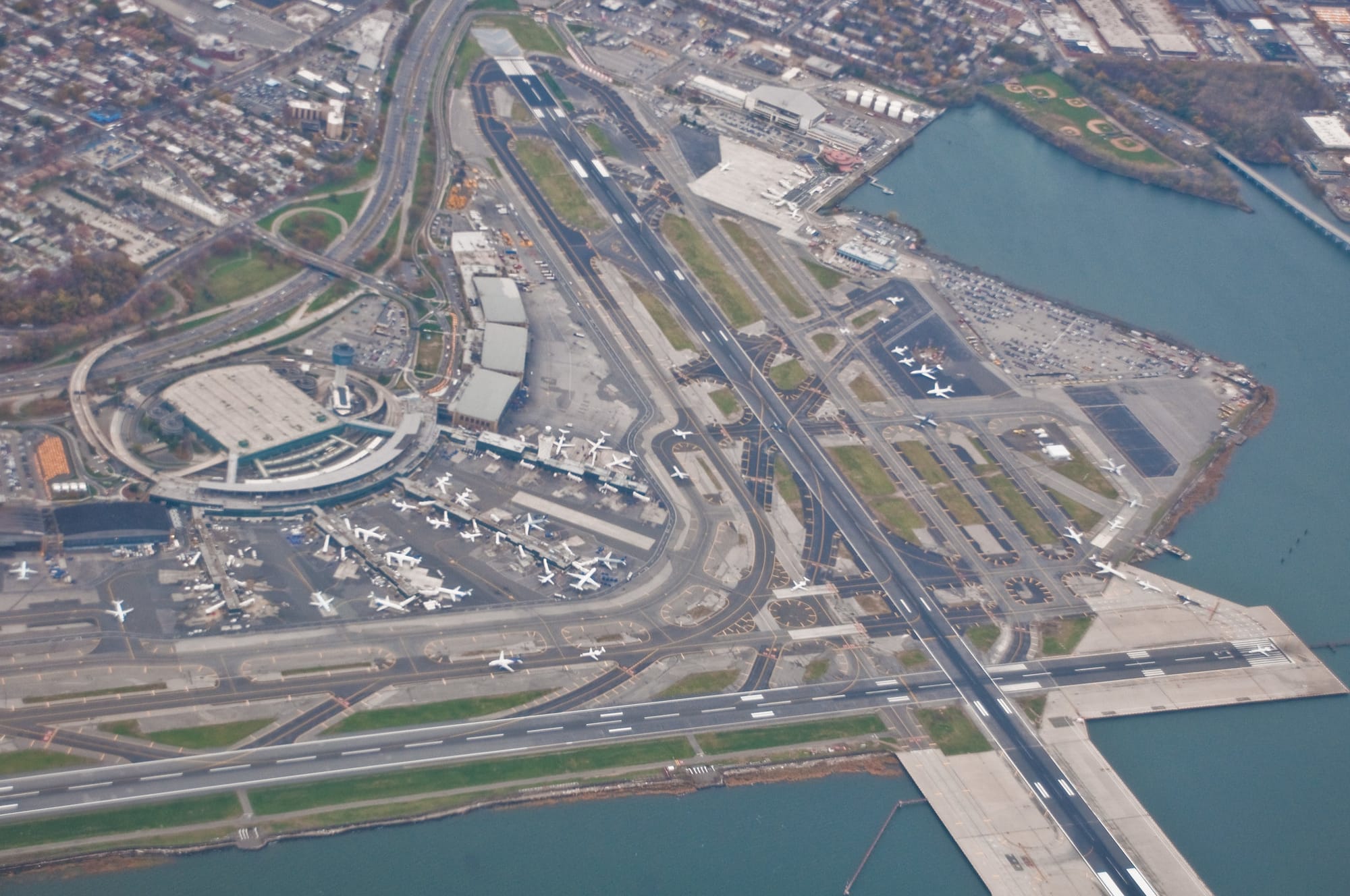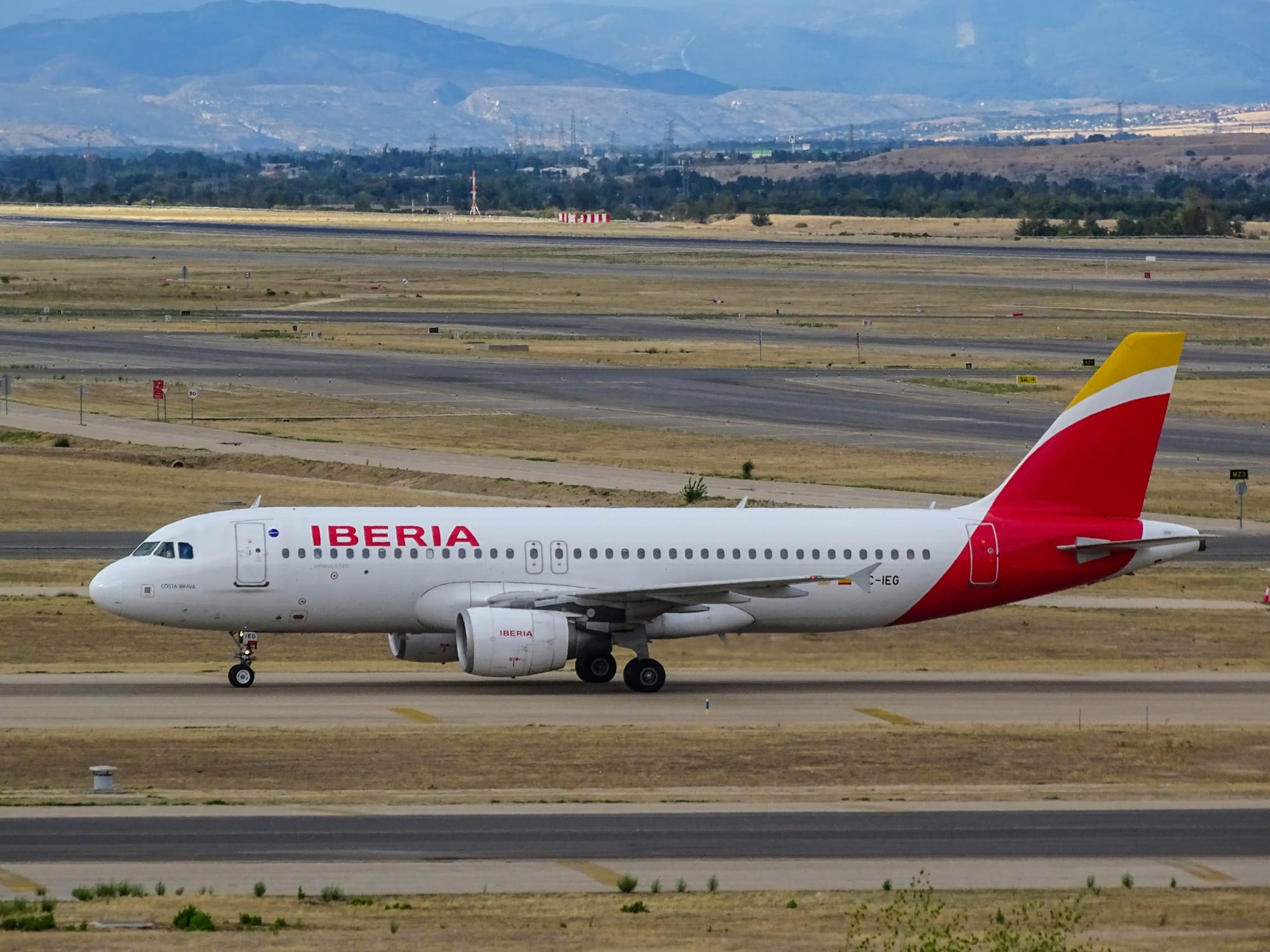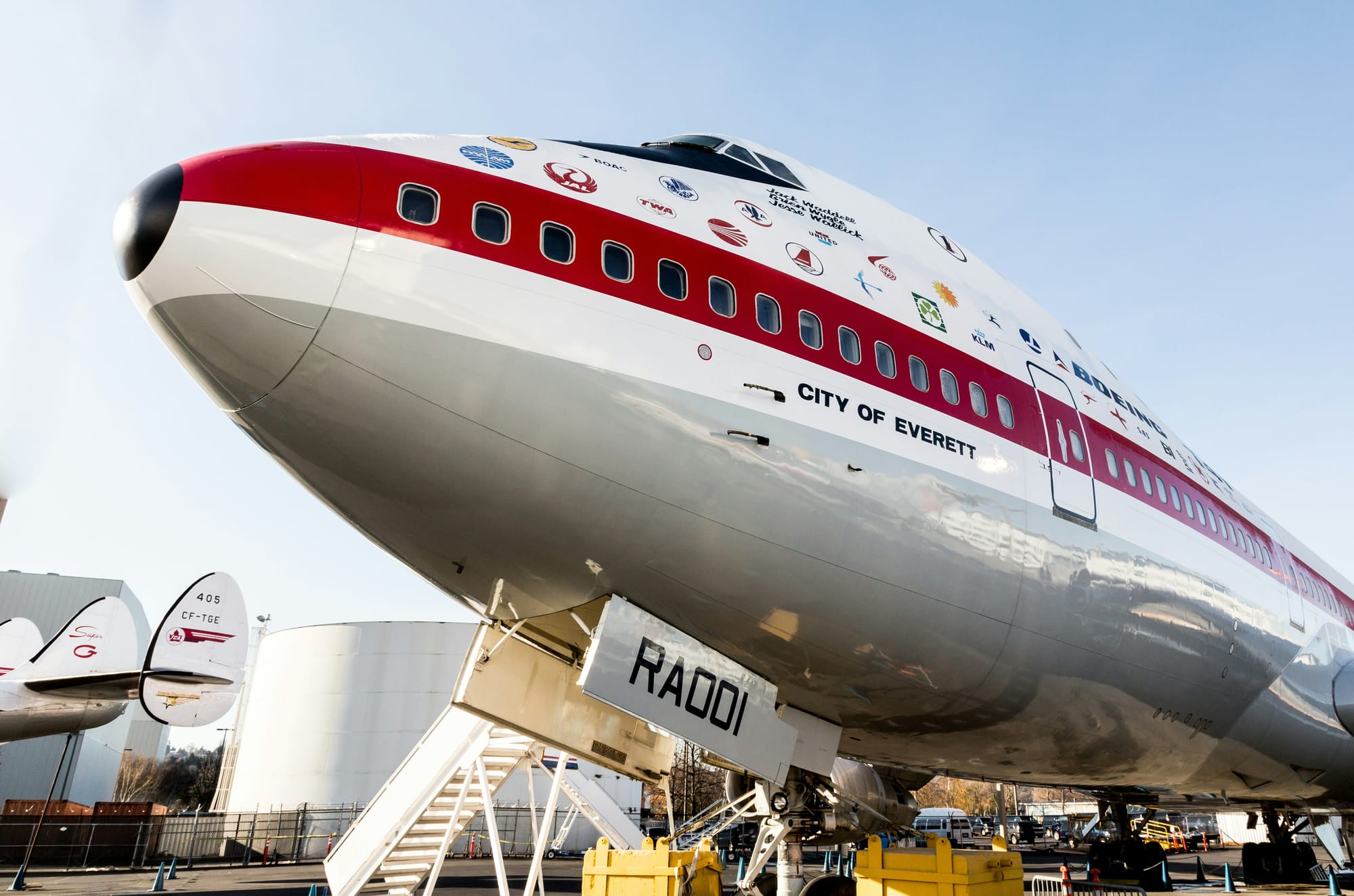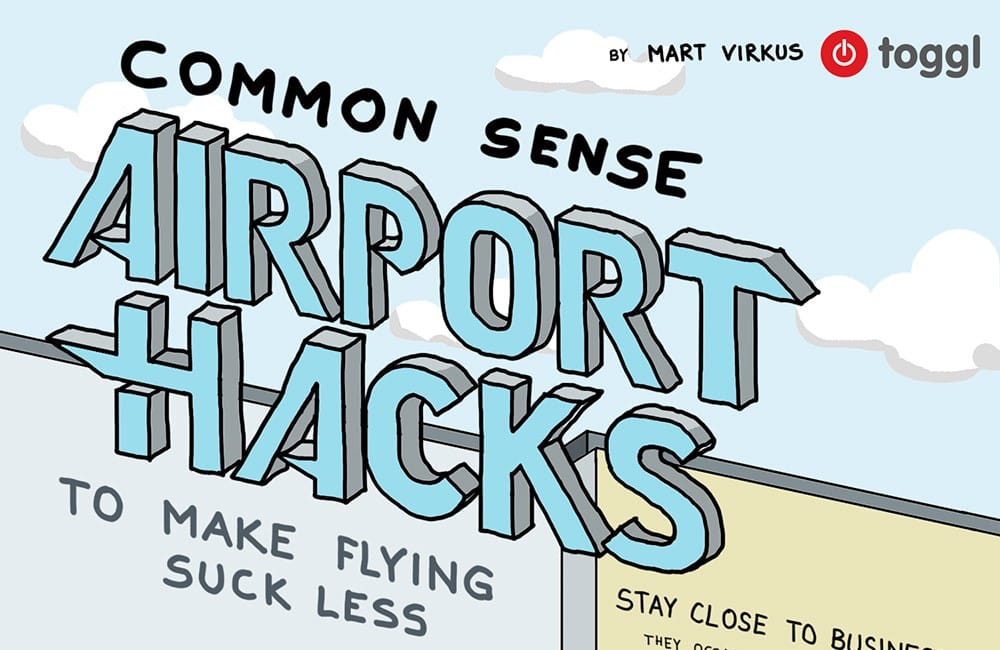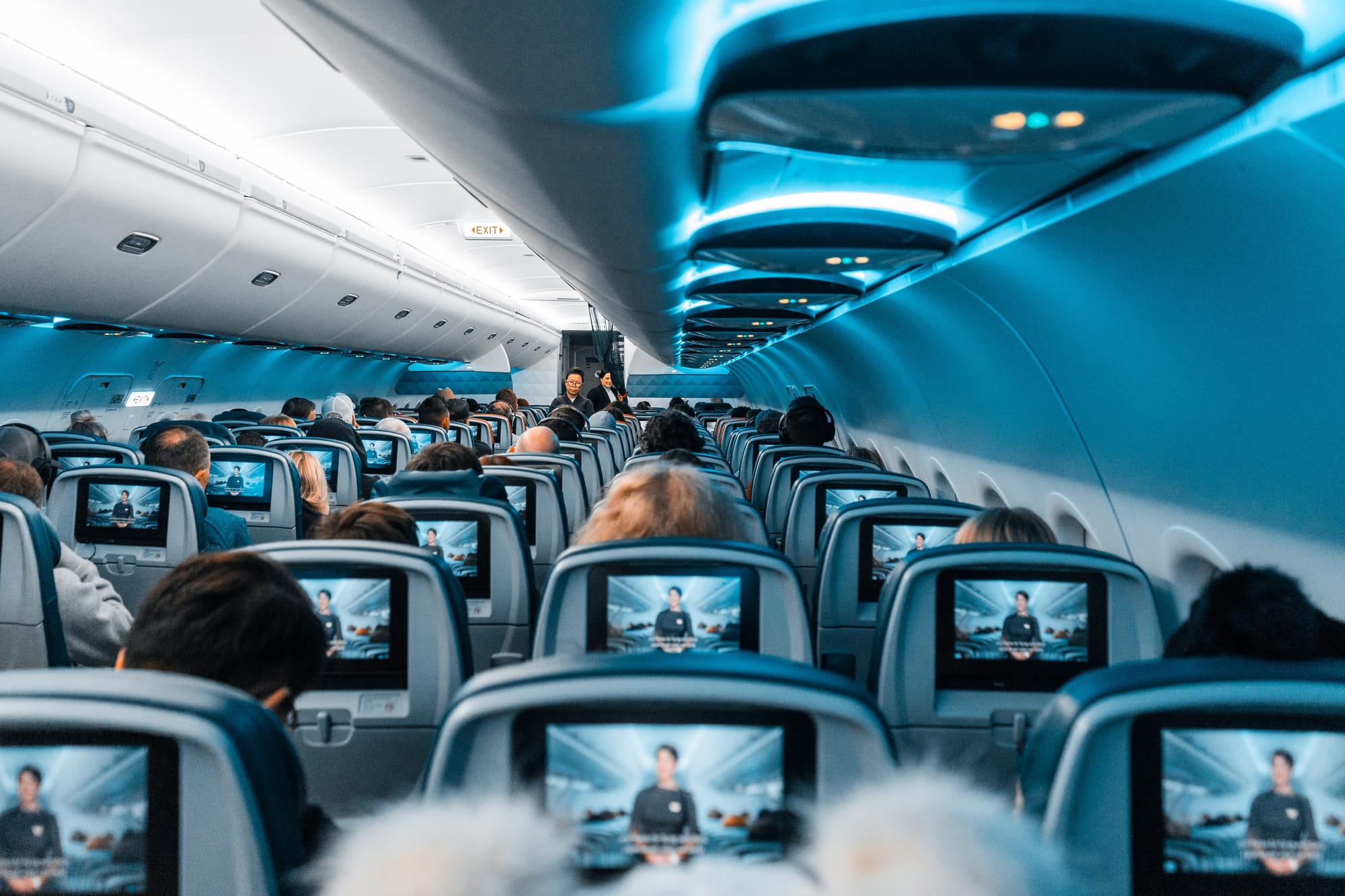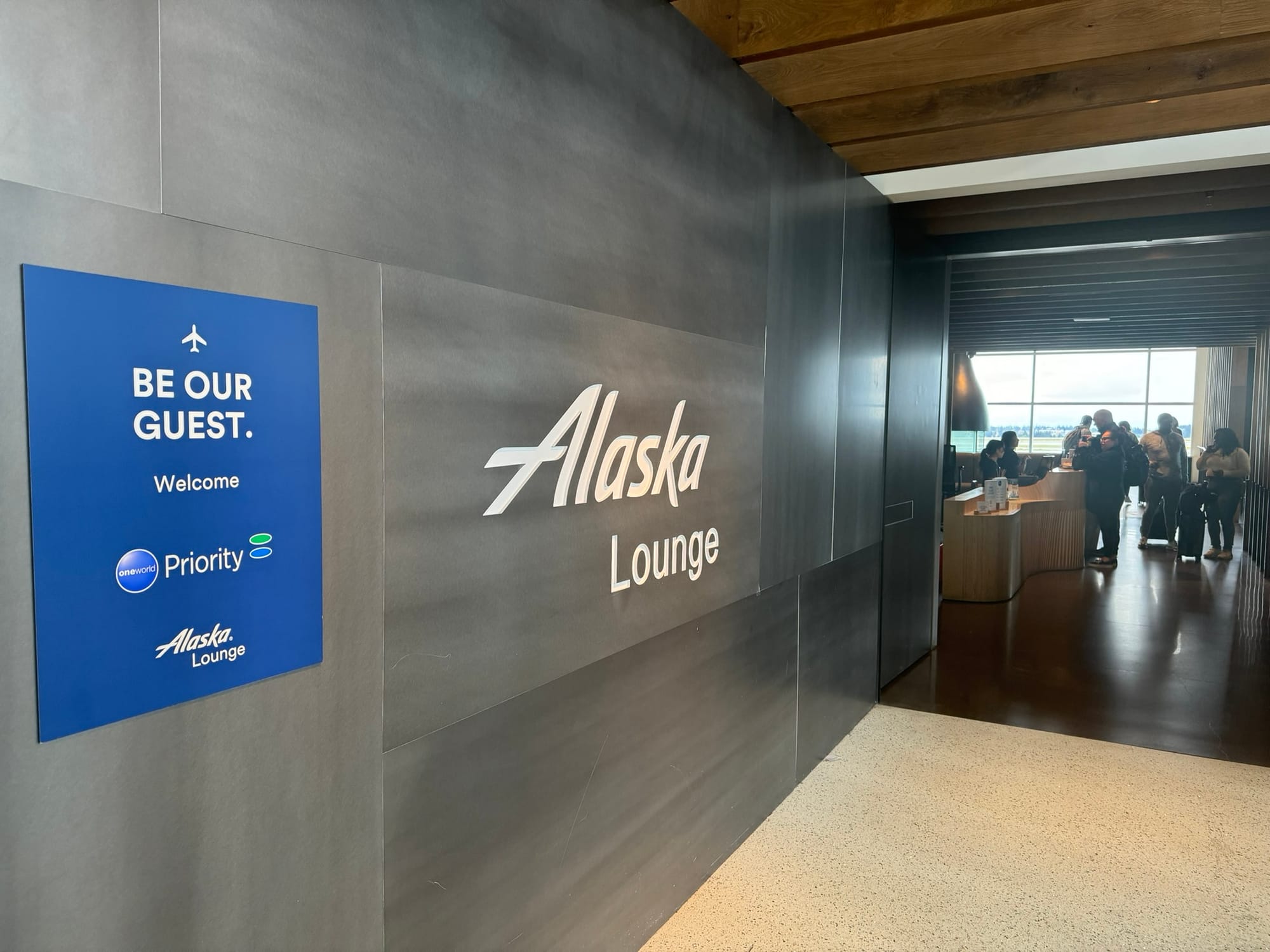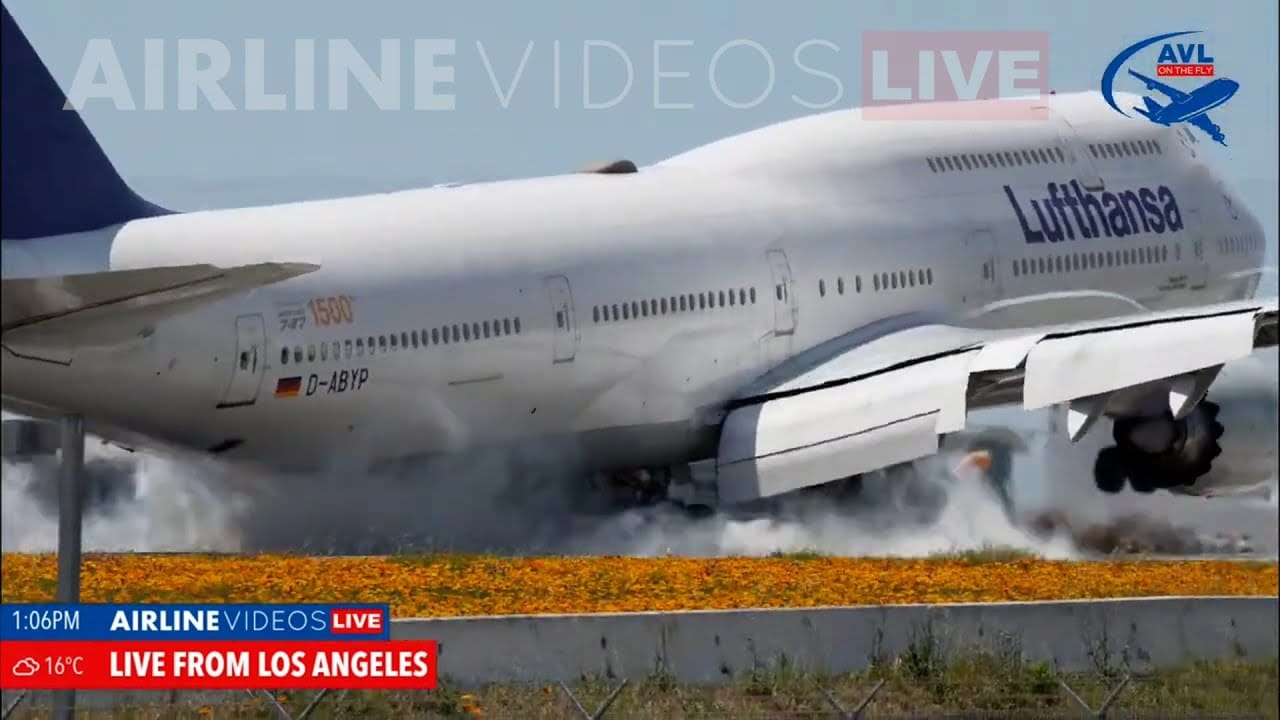A complaint I hear a lot from inexperienced travelers is that their airplane made a stop before getting to their final destination. And not because there was something wrong with the aircraft, but because they booked a flight with an intermediate stop before their final destination. When they complain that they booked a direct flight I have to sit there and explain to them that they are on a direct flight, not a non-stop flight which they really meant to book.
Let's explore the differences between non-stop and direct flights.
Non-Stop Flights: A Direct Dash to Your Destination
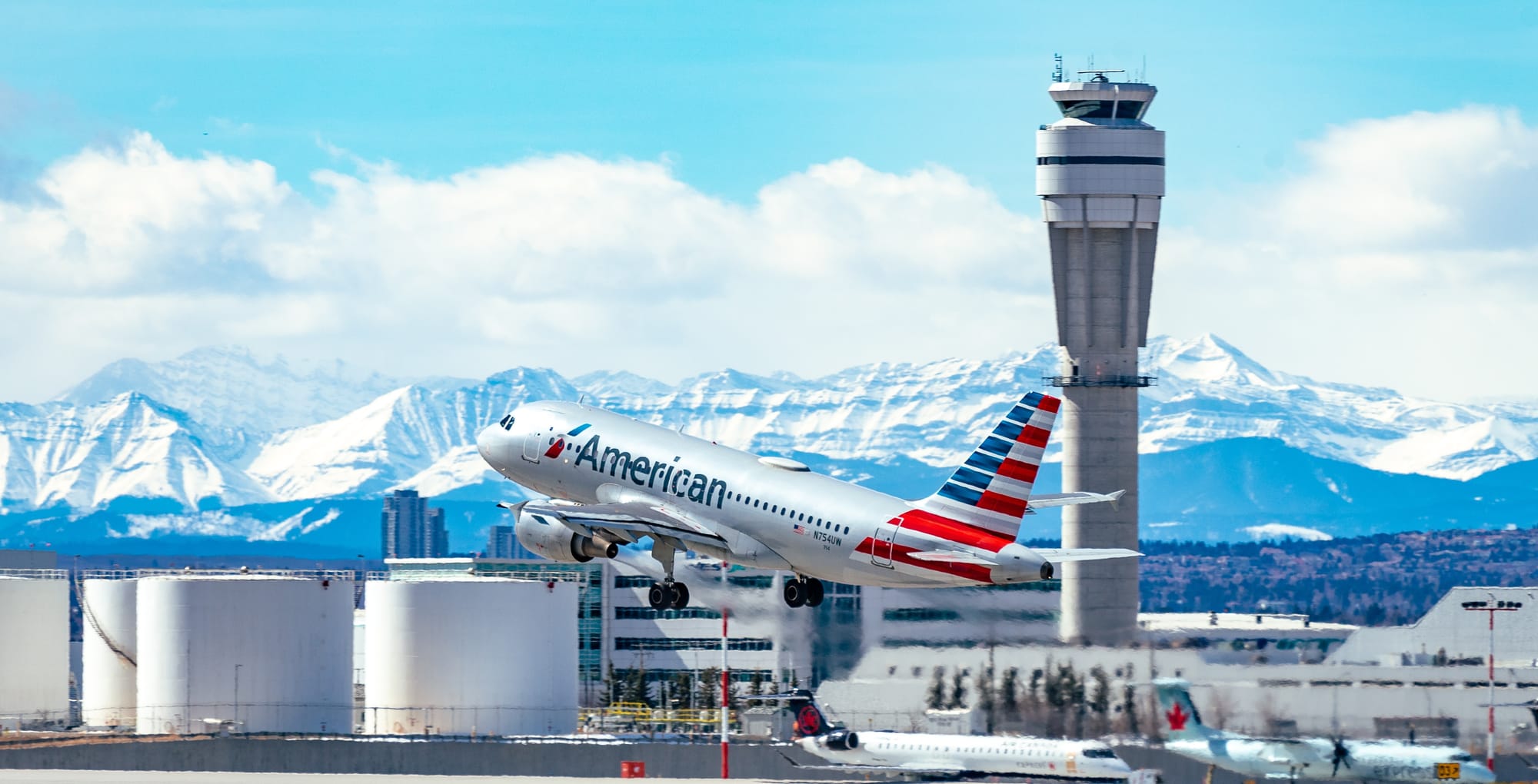
Imagine a seamless journey, gliding from point A to point B without a single bump in the air (well, except for the occasional turbulence, of course!). That's the beauty of non-stop flights. These streamlined services whisk you away from your origin airport and land directly at your final destination, with no intermediate stops or layovers.
Think of it like taking a highway without any traffic lights or detours. You board the plane, settle in, and voila! You're whisked off to your dream destination, often in the shortest amount of time possible. This is ideal for travelers who prioritize speed, convenience, and minimizing jet lag.
This is how most commercial flights operate in the United States by full-service air carriers. You have one flight number and it takes you from A to B. This is not the same as a connecting flight which will have different flight numbers, the key thing to note is that your flight number does not change.
Direct Flights: A Slight Detour on the Way
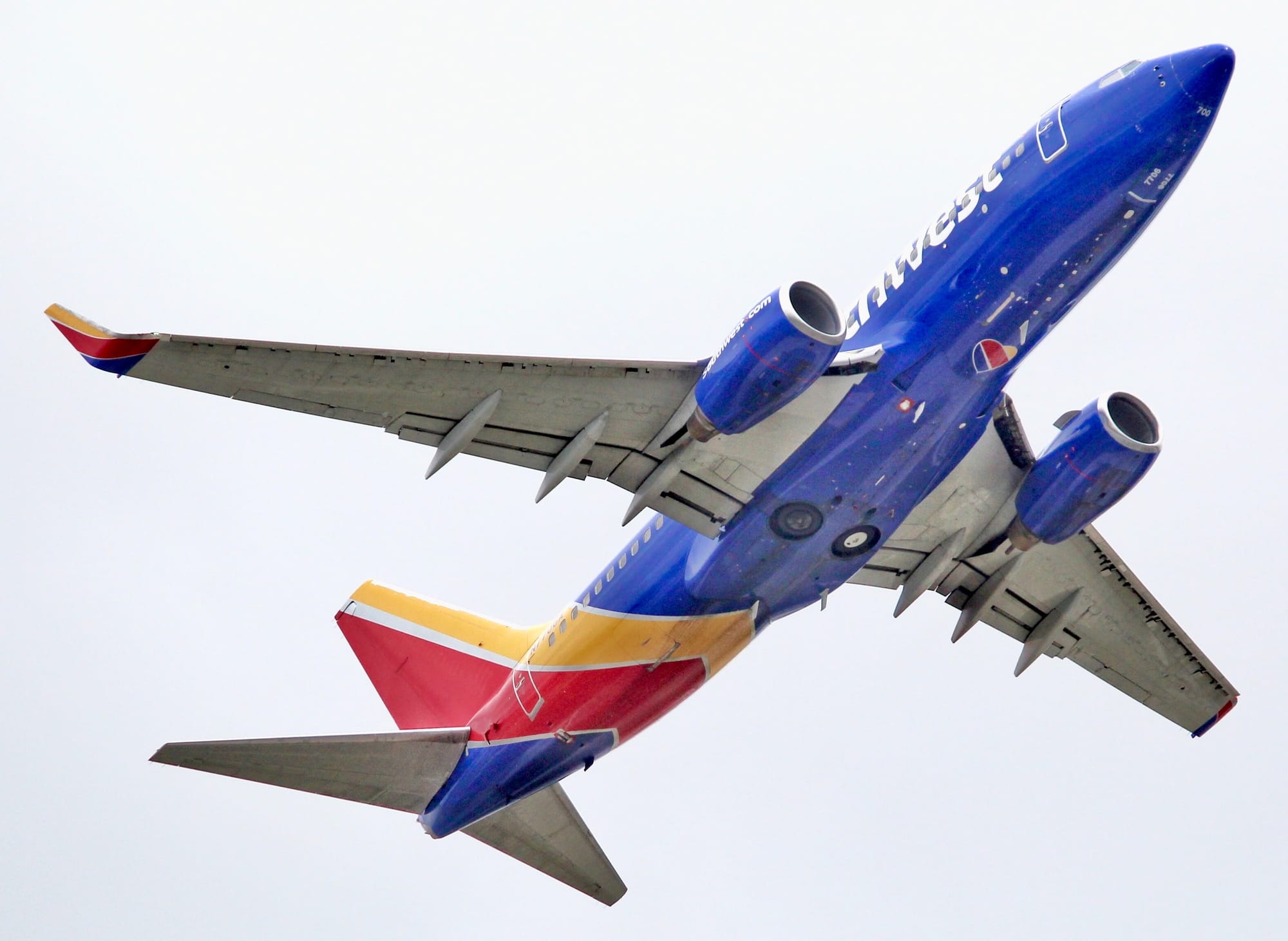
Direct flights, while not quite as speedy as their non-stop counterparts, offer a different kind of advantage. They take you from your origin to your destination on the same aircraft, with the same flight number, but with one or more planned stops along the way. These stops can be for various reasons:
- Refueling: Especially for long-haul flights, a quick pit stop might be necessary to top up the fuel tanks.
- Passenger pick-up and drop-off: Some airlines utilize direct flights to cater to multiple destinations along a route. This means the plane might pick up or drop off passengers at the intermediate stops.
- Operational reasons: Occasionally, unexpected situations like bad weather or technical issues might necessitate an unplanned stop.
Direct flights can be slightly longer than non-stop options due to the added time at the intermediate stops. However, they often come with a price advantage, making them a budget-friendly choice for travelers who don't mind the slight detour.

Many low cost carriers like Southwest, Spirit, Frontier, and others will utilize this method to fill up their aircraft at smaller airports enroute to their final destination. For example, Southwest may stop in Memphis, Springfield, and Oklahoma City before heading to their final destination of Las Vegas.
There is a certain advantage to operating flights this way to serve smaller airports and give passengers access to more air travel opportunities while also filling aircraft and optimizing usage.
So, Which One Should You Choose?
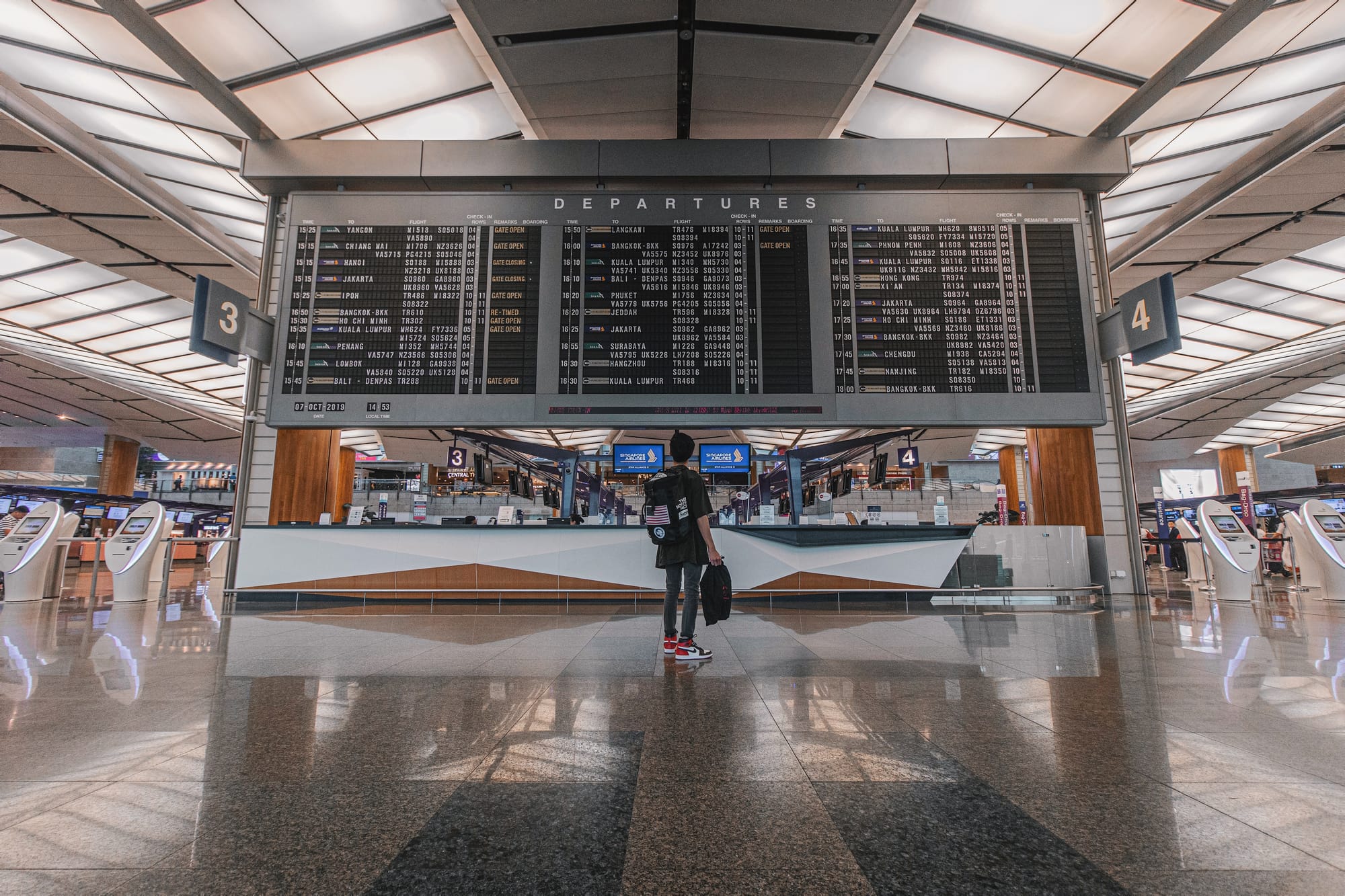
The answer depends on your priorities and the specifics of your trip. Consider these factors:
- Time: If speed is your top concern, non-stop flights are the clear winner.
- Budget: Direct flights often offer lower fares, especially on long-haul routes.
- Convenience: Non-stop flights eliminate the hassle of disembarking, re-boarding, and navigating new airports.
- Flexibility: Direct flights might offer more schedule options, especially on popular routes.
- Personal preference: Some travelers enjoy the break of an intermediate stop to stretch their legs and grab a coffee.
Ultimately, the best choice is the one that best aligns with your needs and preferences. Remember, a little research and understanding the difference between direct and non-stop flights can make a big difference in your travel experience!
Final Thoughts
When searching for flights, pay close attention to the descriptions and layovers listed. Some airlines might use the term "direct" loosely, so be sure to confirm the number of planned stops before booking. For passengers at larger airports it will naturally be easier to take non-stop flights, however next time maybe take the road less traveled and take a direct flight to your destination.

